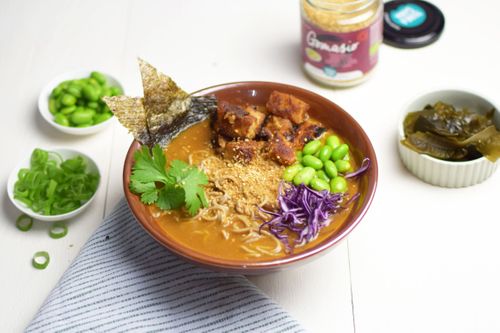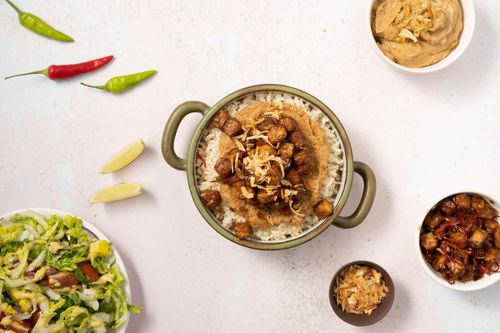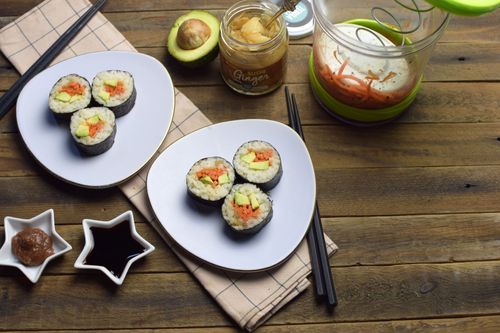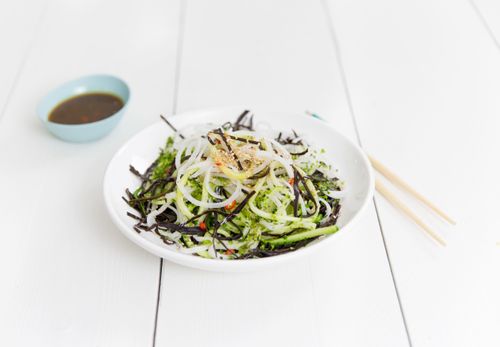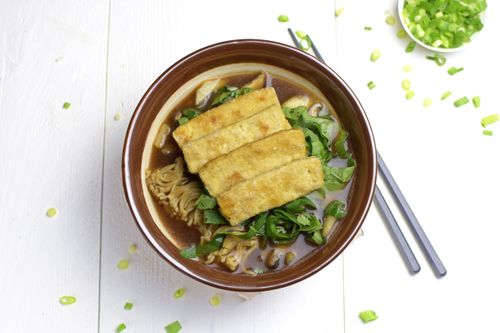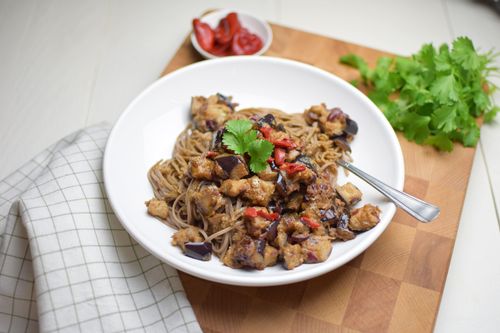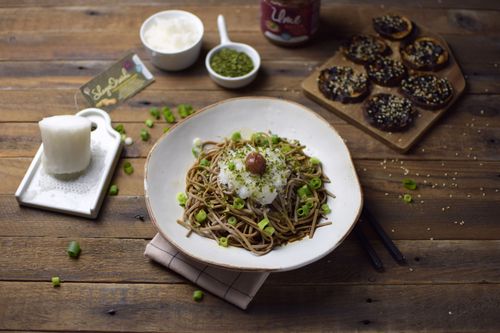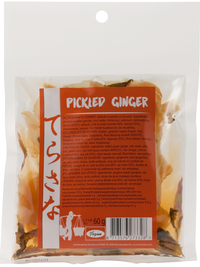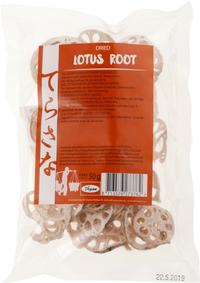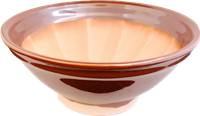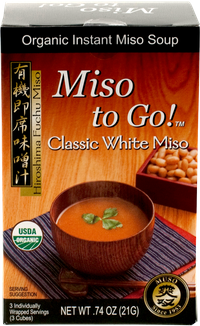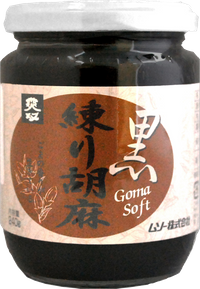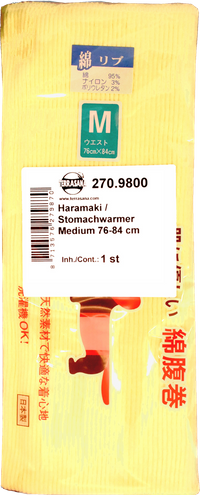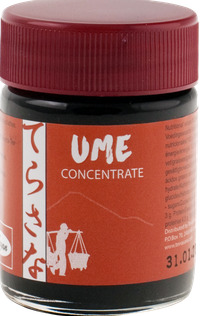All about Japanese food

What makes Japanese food special?
Mindful and traditional
The Japanese pay a lot of attention to what they eat and how they eat. See how they make tea, for example, but also how they make hatcho miso or tamari. It is perfectly normal for our Japanese suppliers to be busy stirring shoyu 365 days a year. Or that it takes a miso expert days to pile up the perfect pyramid of stones, so that the miso mixture provides enough pressure to the gram for the fermentation. Watch the videos, because you’ll be amazed!
Pure quality
All 100 Japanese products are pure. Our products don’t contain any superfluous ingredients. Precisely because many producers have been using the same recipe for generations, all purity has remained intact. That’s great, because you can really taste it!
Local products
We are transparent about where our Japanese products come from. In the videos you can see exactly how it works in Japan. In the small local production houses, labor and purchase is a fair process. You can count on that for every TerraSana product!
We choose carefully
As much attention as our producers put into making their products, we have put as much thought into putting together our Japanese range.
Want to see how our products are made in Japan? Watch the videos below.
Did you know...
How it's made! Check out the videos to see it for yourself!
Ready to cook Japanese yourself? This is how you do that!
A book full of information about Japanese products and recipes such as gyoza, donburi and sushi.
